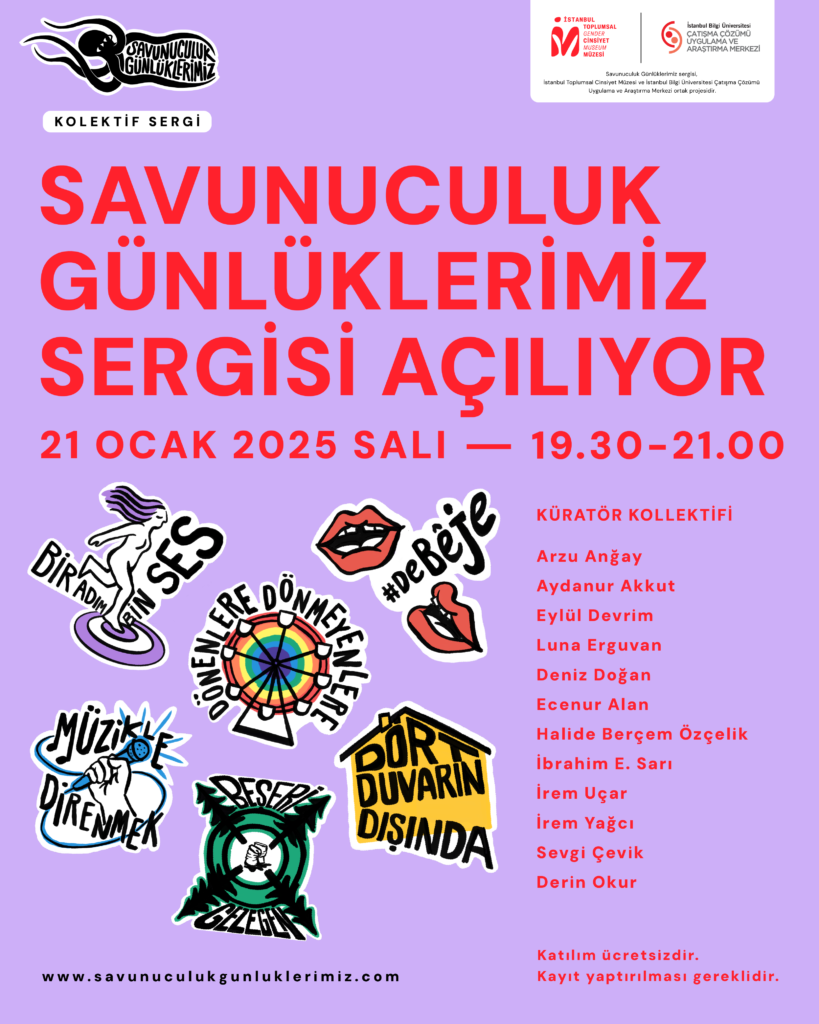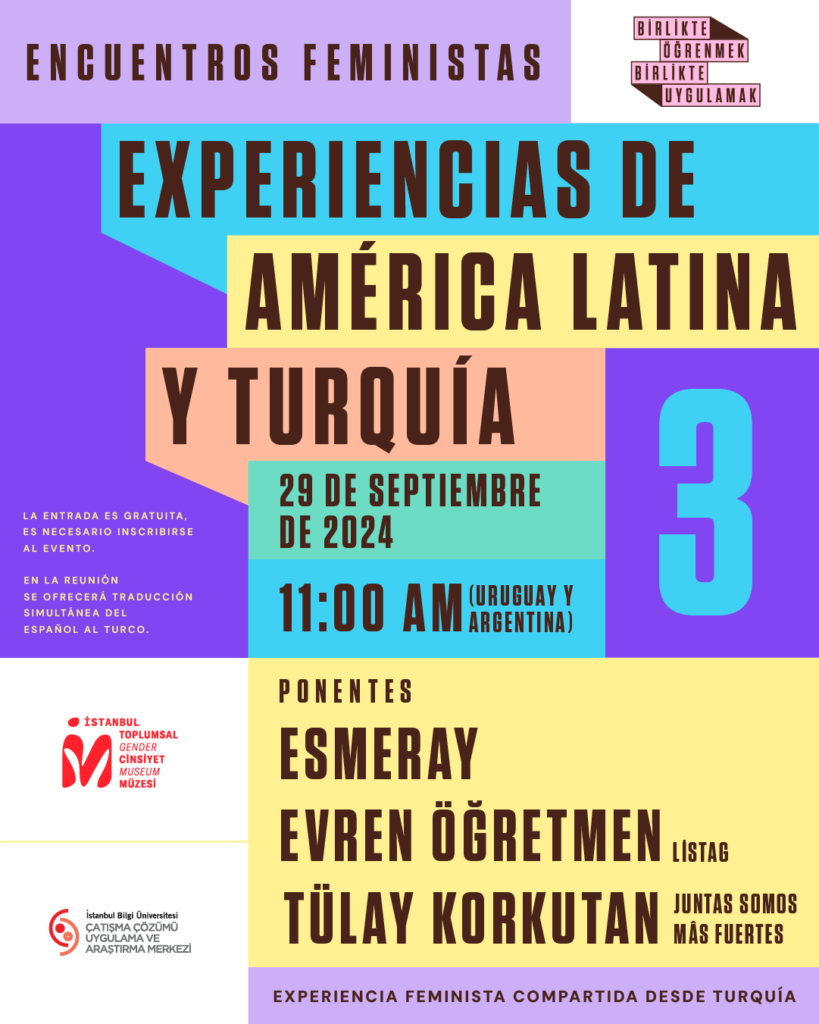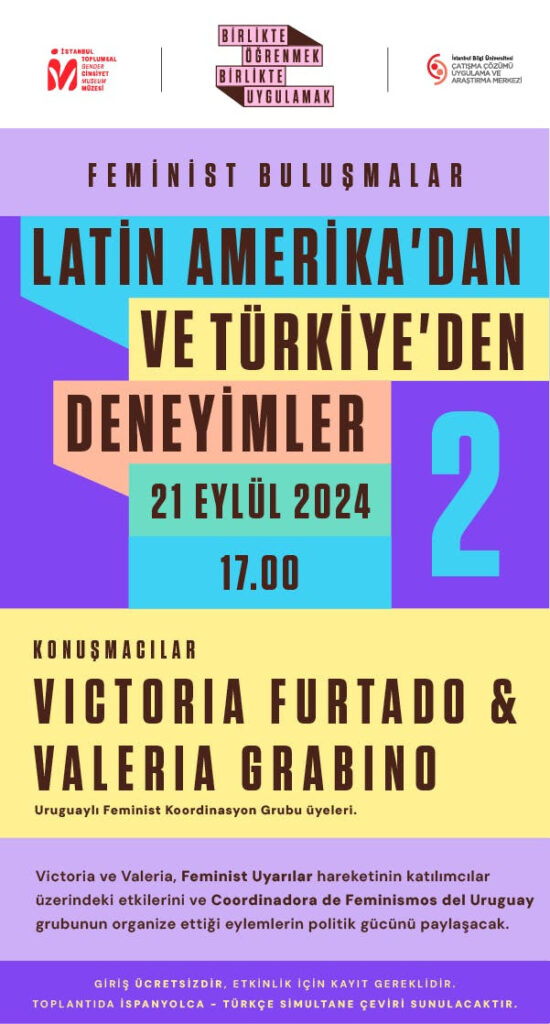N a z a n H a y d a r i P e k k a n
As an artistic form of expression, portrait builds a close relationship with the viewer. By generating a hidden effect, it bears the potential to animate emotions and offers a spatial and spiritual experience. Portrait is indeed about reflected stories, emotions, and experiences of the portrayed individuals. It captures the “moment”; it is related to the past and the future as it is to the present. In Hiba Aizouq’s “Faces”, I saw unyielding looks that, despite having experienced and still carrying the traces of suffering and loss, do not show despair but defiance. These looks first induce alienation then a self-questioning, and later start a conversation by inviting the viewer to be a part of this unyielding stance. In this short reflection[i], I follow the traces of feminist gaze in “Faces”. In looking at “Faces”, I bring in the “female gaze”, presented as a response to the “male gaze” coined by Laura Mulvey,[ii] from a perspective drawn on feminist theories centered on transnational solidarity. My aim is not to make a claim about Hiba Aizouq’s feminism, but to argue that her paintings offer a multi-layered reading on subjectivity, struggle, critique of power relations, and active engagement. What impressed me most in Aizouq’s painting is the strong stance and the determination reflected on the faces of the women. When you look at the faces that were lined up one under another in groups of six on two panels located on opposite walls far from each other in the santralistanbul Energy Museum, you see that each one tells its own story. Similarities in individual stories become the voice of commonalities in experiences. Aizouq’s women look in silence; their looks do not contain sadness, helplessness, or victimhood. At first glance, the silence in the eyes and the combination of bright colors with the strong shading on the faces created in me a sense of ambiguity.
I think the reason behind this sense of ambiguity lies in that we, somewhat in a rote fashion, associate the shading and black and gray tones with pessimistic and negative emotions, and the bright colors with vitality and hope. However, female subjectivity is reflected through the symbolic blending of suffering and struggle.
Aizouq’s faces tell without speaking; they invite the viewer, who is ready to listen and hear, to share their experiences and deliberate collectively. Knowing that “Faces” is the work of Aizouq as a Syrian woman artist who has gone through the civil war and had to migrate to Turkey, the artwork opens the refugee issue in contemporary Turkey up for a debate once again. Seen from a geography where government policies, different ideologies, and media have been marginalizing and silencing refugees, the shared silence of the silent women in “Faces” presents a collective narrative on the experience of being woman and refugee.
In opposition to the stereotypical images of the “other” woman as silent, helpless, and victimized, “Faces” reveals the traces of unyielding resistance against violence, loss, exile, and being out-of-place. The looks in the faces do not shelter anger, accusation, or hatred. Some of the portraits look over their shoulder, some look directly in the eye, while some others have their heads slightly tilted to one side. The twelve portraits combined offer the possibilities of reflecting on the process of othering not only with regard to individuals but also by making a multi-layered and historical reading of power relations and by engaging in a self-criticism on individual responsibilities without putting blames on individuals.
Questioning the mainstream beauty and gender or ethnic identity, the faces offer a reading that transcends
identities. The portraits which seem like faces of women at first sight, at a closer look might be seen as representations of male or trans identity; they can be read as portraits of the young or old people; or they open up a space for an interpretation of race or ethnic identity. This possibility of multiple readings presents us with a relational approach as to how local and global forms of subordination are entangled in different contexts and as to the similar transnational collective resistances and experiences. As such, Aizouq’s silent women offer us a portrait of the common struggles of different “other” stories.
[i]
[ii] This article is excerpted from the exhibition book of the exhibition titled ‘Öteki Hikayeler’ (the Other Stories), which took place at BİLGİ santralistanbul Campus Energy Museum between 16 December 2021-7 February 2022 with the participation of 50 artists from 12 different countries. The exhibition was organised by BİLGİ Migration Studies Application and Research Centre in collaboration with Koridoor Contemporary Art Programmes, ArtHereIstanbul, Sanat Seninle Association, Migration Research Association, Support to Life Association, Center for Asylum and Migration Research, Association for Solidarity with Asylum Seekers and Migrants and BİLGİ European Union Institute. The exhibition book (https://goc.bilgi.edu.tr/media/pdf/oteki_hikayeler.pdf) aims both to leave a permanent mark on the dialogue on the relationship between art, migration and coexistence that started with the ‘The Other Stories“ exhibition and to bring together art and academia on migration. In addition to the artists and their works, the book includes reflections and commentaries of 28 academics on one or more of the works in the exhibition or on the exhibition in general.
[iii] Laura Mulvey, in her article “Visual pleasure and narrative cinema”, coins the term “male gaze” in order to conceptualize the objectification of women in cinema. I employ the concept of “female gaze”, a term mostly used in the film studies field, to discuss the relationship between Hiba Aizouq’s gaze as a female artist and the way in which women are represented in her portraits. See, Laura Mulvey (1975). “Visual pleasure and narrative cinema”. Screen. 16(3): 6-18.




